
OnePlus has officially unveiled the new OnePlus Buds 4 TWS headphones on its website. The wireless earbuds were introduced in China on May 27, 2025, alongside the OnePlus Ace 5 Ultra smartphone. Notably, the global version of the Bluetooth headphones – the Realme Buds Air 7 Pro – is also launching sales today, the day of the premiere. If you haven’t seen our review of the Realme Buds Air 7 Pro, you should definitely check it out, as those headphones were so successful they outperformed all the top models in terms of sound, including the OnePlus Buds 3 Pro, HUAWEI FreeBuds Pro 4, Nothing Ear (3), and others. Therefore, I have very high expectations for the OnePlus Buds 4. At a minimum, I expect comparable sound quality; at a maximum, they could set an interim benchmark among TWS earbuds until the OnePlus Buds 4 Pro are released. A review of the OnePlus Buds 4 will be coming, but I need your support. Your likes and comments on this news post will let me know how much you’re looking forward to the review of these headphones.

What’s New. In the new OnePlus Buds 4 in-ear headphones, the company is highlighting four key areas: sound, noise cancellation, translator features, and in-game audio latency. Here are the main changes compared to the OnePlus Buds 3: they now feature the sound system from the OnePlus Buds 3 Pro, include live and simultaneous translation capabilities, active noise cancellation muffles up to 55dB of noise (a 6dB increase), and offer an automatic game mode with an audio delay as low as 47ms.
Sound. Judging by the renders, OnePlus didn’t reinvent the wheel with their sound drivers, but rather incorporated the sound system from last year’s flagship headphones, the OnePlus Buds Pro 3. This now clarifies why the Buds 3 Pro model suddenly disappeared from sale on AliExpress. I sincerely hope it’s only a visual similarity, otherwise the Realme Buds Air 7 Pro will remain superior in terms of sound quality. Regardless, instead of two dynamic drivers, we now have an 11mm dynamic driver paired with a 6mm high-frequency tweeter. However, it’s worth noting that while the Realme Buds Air 7 Pro had the same sound system on paper, their actual sound profile was entirely different.



There’s a dual digital-to-analog converter (DAC) for separate bass and treble control. While a dual DAC was a standard feature for flagship headphones last year, it has now become the norm for mid-range models this year. My assumptions about the audio codec were confirmed: the headphones utilize the LHDC 5.0 audio codec, which isn’t as widely supported on smartphones as LDAC.
Noise Reduction. Active noise cancellation now suppresses up to 55 dB of noise, an increase from 49 dB, and the noise cancellation bandwidth has expanded from 4000 Hz to 5500 Hz. Voice suppression efficiency is now twice as strong. There’s also adaptive noise cancellation, which automatically adjusts to ambient noise levels. Each earbud features three microphones with software-based noise reduction, consistent with the last generation. The microphone quality in the OnePlus Buds 3 was excellent, so I anticipate some improvement in recording quality and microphone noise cancellation.

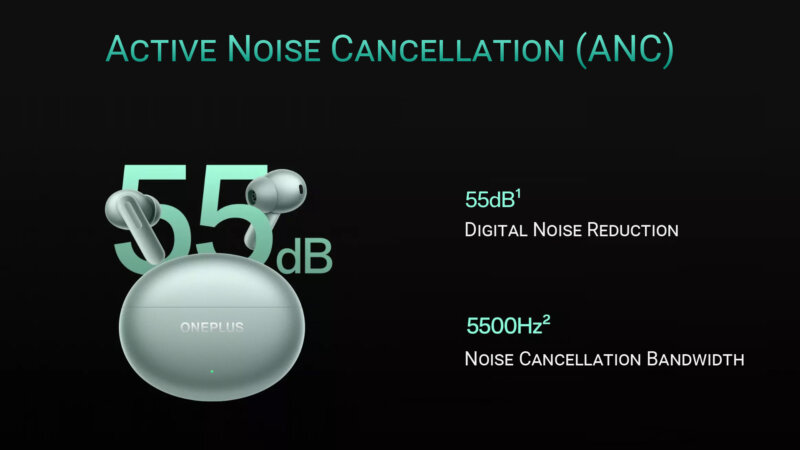


Translator. The OnePlus Buds 4 now include live and simultaneous translation features. The promotional materials mention translation into dozens of languages. There’s also a conversation summary feature, which records key highlights based on the content of the discussion. The exact number of supported languages and the overall quality of the translation can only be assessed after a full review. Thus far, we can conclude that the translator function is not tied to a specific phone model or operating system, unlike solutions from Huawei or Xiaomi. Translation is facilitated through the proprietary HeyMelody app. Additionally, owners of OnePlus phones will gain access to enhanced functionality due to features and tools integrated directly into the firmware, similar to Apple’s approach with AirPods.


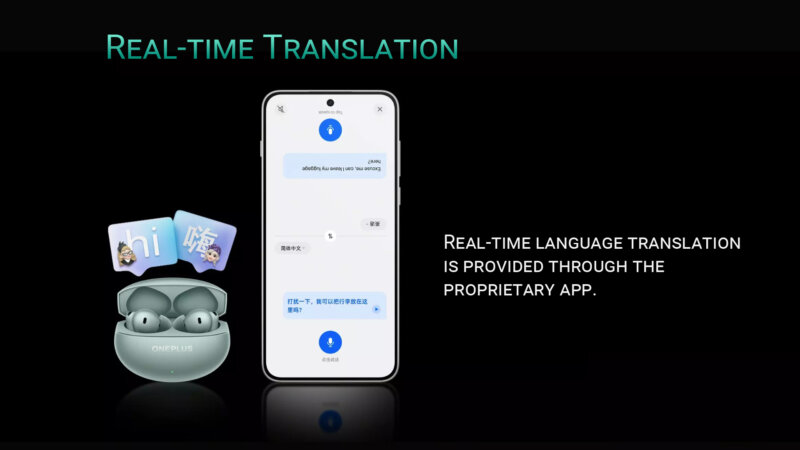
Gaming. OnePlus has positioned these headphones as a gaming audio solution. In the last generation, the audio delay was 94ms, reduced by half with game mode. The OnePlus Buds 4 go even further: audio latency is now just 47ms with game mode active, and game mode itself automatically activates the moment a game is launched. According to the company, the combination of low latency, sound quality, and noise reduction will maximize immersion in gameplay—unless, of course, you’re playing simple one-button gacha games. The headphones also support multipoint connectivity with seamless switching between two devices, which is convenient if you’re gaming on a tablet and need to answer a phone call. Overall, it seems everything is designed for your convenience, friends.
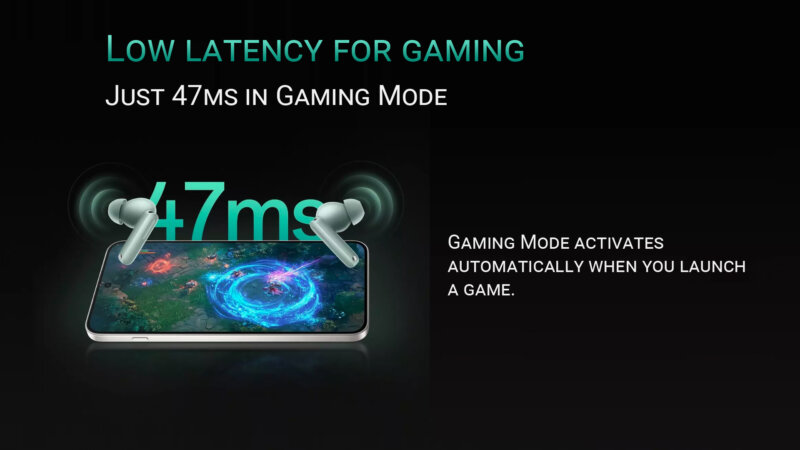

Features. Headphone controls are touch-sensitive, supporting up-down swipes, and remain largely unchanged from the OnePlus Buds 3. The dust and water resistance rating is still IP55. However, the Bluetooth version has been updated to 5.4 from 5.3. Battery life has seen a minimal increase. The earbuds now last 30-60 minutes longer, depending on the codec: 11 hours with AAC and 5.5 hours with LHDC. When combined with the charging case, total autonomy reaches 45 hours, up from 44 hours with the AAC codec.


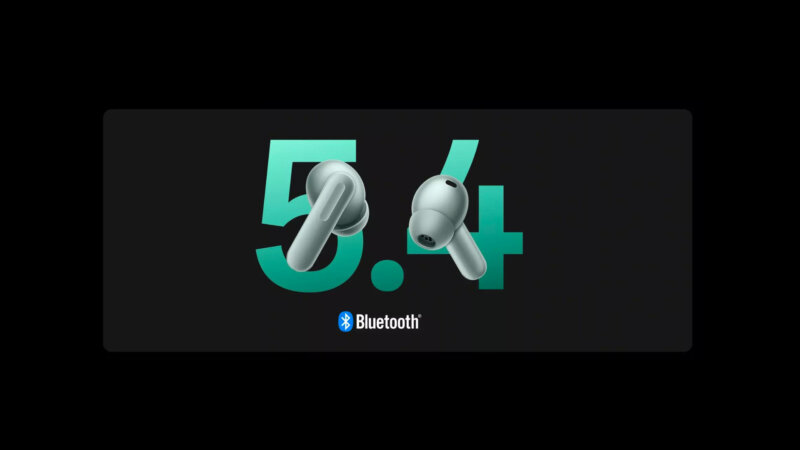

Design. The appearance of the case has changed. Based on the renders, it’s almost a direct copy of the OnePlus Buds Pro 3 and OPPO Enco Air4 Pro. The case itself is constructed from plastic with a metallic overlay. I would speculate that metallic powder was added to the paint to mimic the look of metal. There are two colors to choose from: Space Gray and Pine Green. The design of the earbuds themselves has also been updated, while still retaining some of the outlines from the previous generation.

Price and Availability. The headphones’ initial price in China was approximately $63 (449 yuan). Friends, when was the last time we saw such an incredibly generous pricing? That’s half the price of the OnePlus Buds 3 at launch! The headphones went on sale immediately after the presentation on May 27. For the first week, it might be difficult to find these headphones for less than $100, as they will likely be snapped up by resellers. However, during the summer sale in two weeks, prices should drop to the level of the Realme Buds Air 7 Pro (around $60-$70). So, keep an eye on the deals section on the main page of our website, mychooz.com, and always grab the latest promo codes to save money.
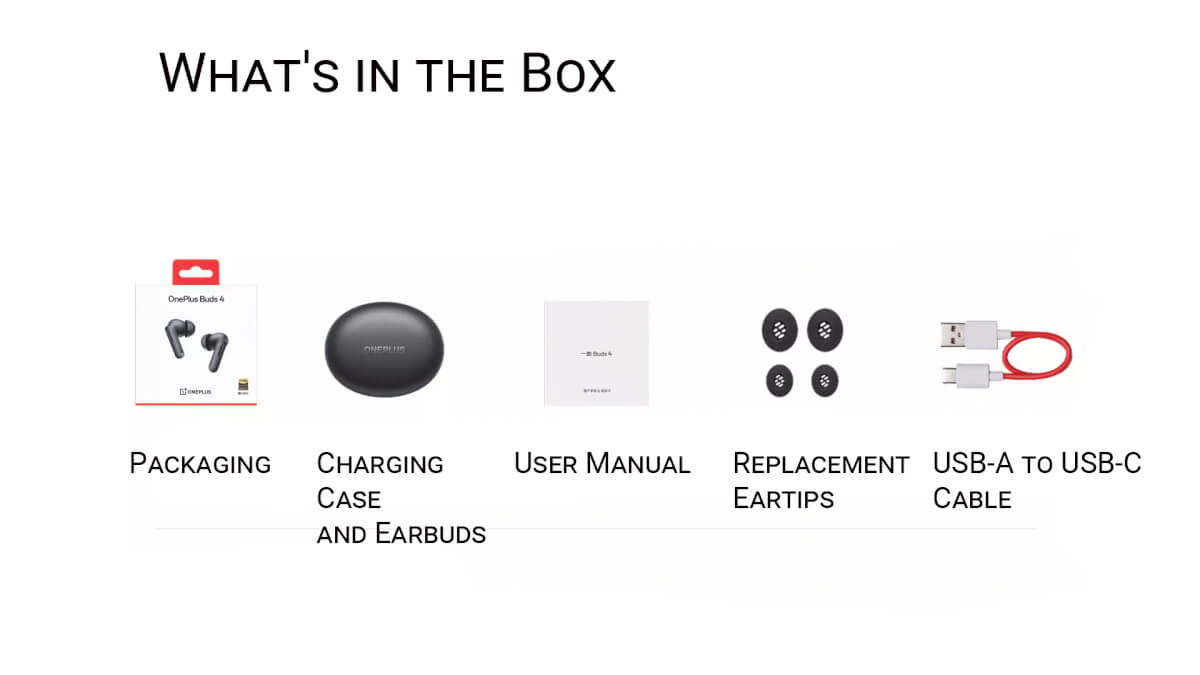
What are you interested in comparing this model to? Write in the comments.
Source OPPO’s official website

